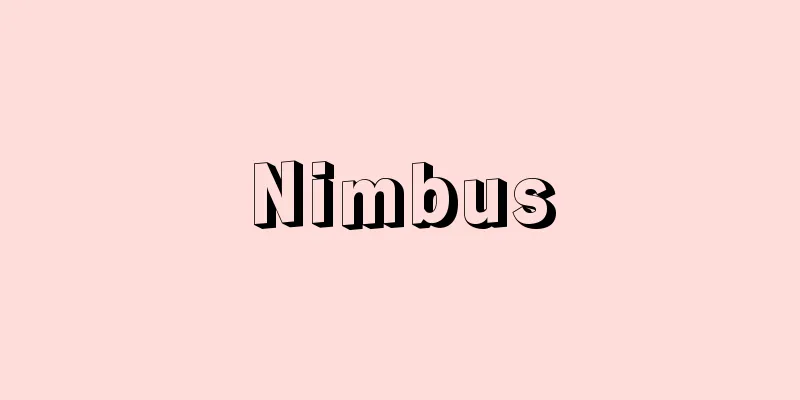The Eighteen Kabuki Plays

|
Among the Kabuki plays, there are 18 types of "Family Arts" by Ichikawa Danjūrō. During the Tenpo era (1830-44), the 7th Danjūrō established the kyogen plays (or tatari-gei) that had been passed down in his family since the first Danjūrō, and the plays include "Fuwa," "Narūkami," "Shibaraku," "Fudo," "Uwanari," "Zōhiki," "Kanjinchō," "Sukeroku," "Oshimodoshi," "Uirouri," "Yanone," "Kan'u," "Kagekiyo," "Seven Faces," "Kenuki," "Gedatsu," "Jayanagi," and "Kamahige." All of these plays are characterized by being based on the aragoto (a type of rough play) that is the family art. Of these, "Kanjincho" was recreated by the 7th generation based on the theme performed by the first generation. In addition, other than "Shibaraku," "Yanone," "Sukeroku," "Narukami," and "Kamenogi," many of the others, such as "Uirouri" and "Oshimodoshi," were passed down as parts of other works, or nothing remained of them except for the name, but they were revived by the 2nd generation Ichikawa Sadanji and the 10th generation Ichikawa Sansho (Danjūrō). According to Misuya Nisoji's "Gijyo Kakitome," the term "Kabuki Kyogen Juhachiban" existed before Danjūrō VII established it, but this was not limited to Ichikawa family, but was a selection of the best kyogen of Edo Kabuki. The term "juhachiban" generally used to refer to a specialty art can be said to have originated from the understanding that "Kabuki Juhachiban" was the art of a family, and by extension, the best kyogen. [Toshiaki Matsui] Masakatsu Gunji and others, eds., Illustrated Japanese Classics 20: Kabuki Juhachiban (1979, Shueisha) [References] | | | | | |Source: Shogakukan Encyclopedia Nipponica About Encyclopedia Nipponica Information | Legend |
|
歌舞伎劇のうち、市川団十郎の「家の芸」18種。天保(てんぽう)年間(1830~44)、7世団十郎が初世以来家に伝わってきた当り狂言(または当り芸)を制定したもので、『不破(ふわ)』『鳴神(なるかみ)』『暫(しばらく)』『不動(ふどう)』『嫐(うわなり)』『象引(ぞうひき)』『勧進帳(かんじんちょう)』『助六(すけろく)』『押戻(おしもどし)』『外郎売(ういろううり)』『矢の根』『関羽(かんう)』『景清(かげきよ)』『七つ面』『毛抜(けぬき)』『解脱(げだつ)』『蛇柳(じゃやなぎ)』『鎌髭(かまひげ)』がその内容。いずれも家の芸である荒事(あらごと)を基本にしているのが特色である。これらのうち、『勧進帳』は初世が演じた題材をもとに、7世が再創造したもの。また、『暫』『矢の根』『助六』『鳴神』『毛抜』のほかは、『外郎売』や『押戻』のように他の作品の一部として伝わったものや、名ばかりで何も残っていなかったものが多かったが、明治以降、2世市川左団次や市川三升(さんしょう)(10世団十郎)によって復活されている。 なお、三升屋二三治(みますやにそうじ)の『戯場書留(ぎじょうかきとめ)』によれば、7世団十郎の制定した以前に「歌舞伎狂言十八番」ということばがあったが、これは市川家に限らず江戸歌舞伎の当り狂言を選んだものである。一般に得意芸のことを「十八番」というのは、「歌舞伎十八番」を家の芸、転じて当り狂言と解したことから生まれたといってよい。 [松井俊諭] 『郡司正勝他編著『図説日本の古典20 歌舞伎十八番』(1979・集英社)』 [参照項目] | | | | | |出典 小学館 日本大百科全書(ニッポニカ)日本大百科全書(ニッポニカ)について 情報 | 凡例 |
Recommend
Toranosuke Kato
...Lord of castle in Kumamoto, Higo during the Az...
The Kashima Incident - The Kashima Incident
...This song and dance was popularized by religio...
Sextos ho Empeirikos
Sextus Empiricus, Latin name. A Greek philosopher ...
Kitakazesu
...Nakahara vinegar from Sagami, Zentokuji vinega...
Hydrophis semperi (English spelling)
… [Takahiro Matsui]. … *Some of the terminology t...
Okugosho - Okugosho
〘Noun〙 A job title in the Edo Shogunate. A page wh...
Scutigeromorpha
…A general term for arthropods belonging to the o...
Ostwald, W.
...This law was proposed by FW Ostwald (1888) reg...
Expansion of land
… Land expropriation as stipulated in the Land Ex...
Ryokei Ohnishi
Head of the Northern Hosso sect. Born in Nara Pre...
Anne - Anne
…Tampons were produced in Japan in the early Show...
Fauna Antiqua Sivalensis (English spelling)
...The Siwalik Group, which forms the main part o...
Calmette, G. (English spelling) Calmette G
…He was an effective politician who opposed the p...
Court Festival - Kyuuteishukusai
...The English court also performed comical inter...
Kinshasa - Kinshasa (English spelling)
The capital of the Democratic Republic of the Con...









